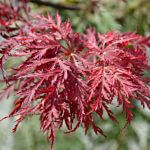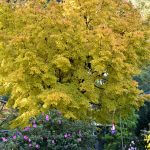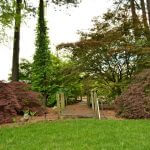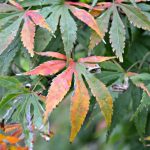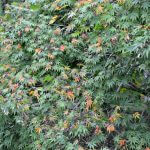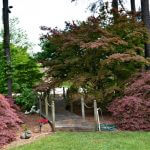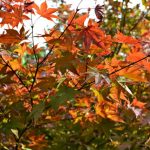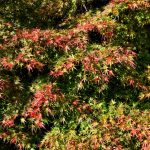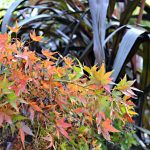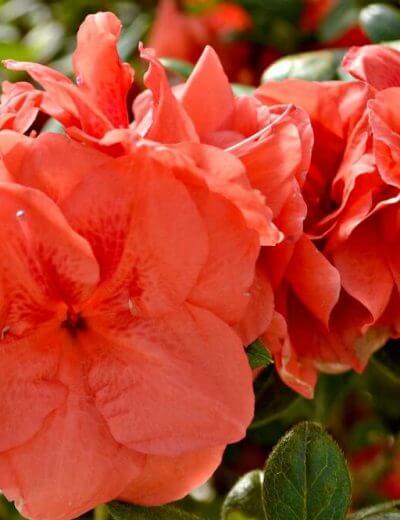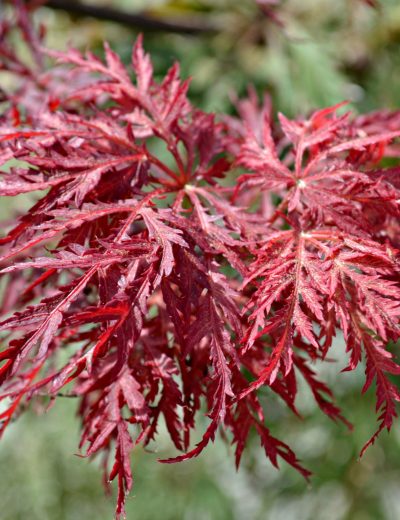Japanese Maples
Few trees ooze elegance as well as Japanese maples (Acer palmatum). Japanese maples are highly prized additions to the garden due to their variety, versatility, and beauty. Hundreds, if not thousands of cultivars exist that include green leaf forms, red leaf forms, variegated forms and an endless combination of colors. In the fall, these trees appear anywhere from orange and yellow to red and purple. Upright, weeping, cascading, dwarf and vase shaped forms are available for you to add anywhere within your landscape. With the variety and versatility of the Japanese maple, every garden has a spot for one of these wonderful trees!

